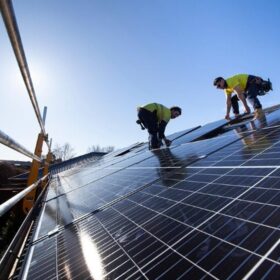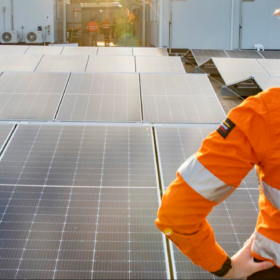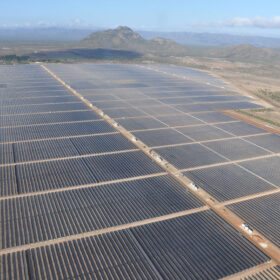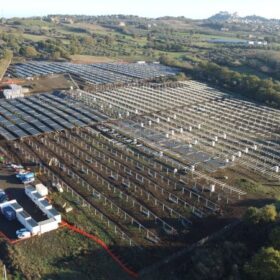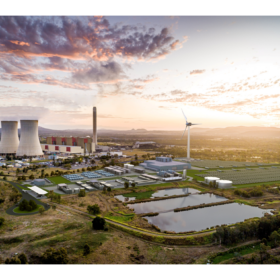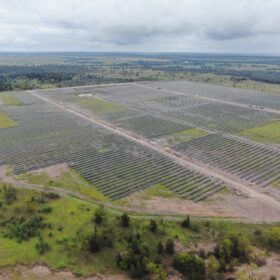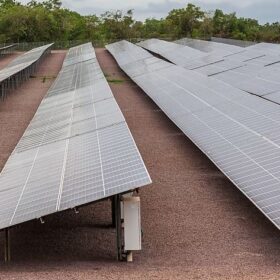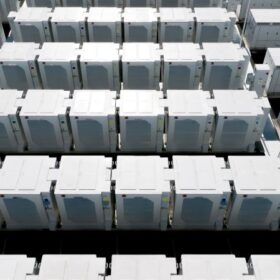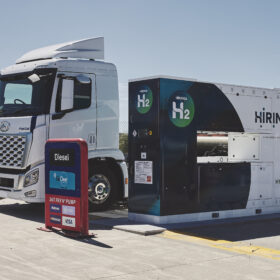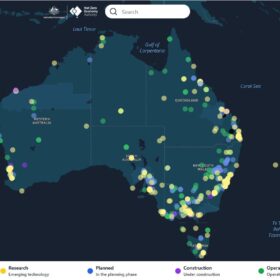New rules rolled out for Victoria’s solar industry
All new solar systems and home batteries installed under Victoria’s solar and battery rebate schemes will need to be fitted with an active internet connection to support emergency backup and flexible exports under new rules to come into play later this year.
WA commits $1 billion to fast-track state’s energy transition
The West Australian government has committed more than $1 billion to drive the development of the clean energy and major industrial projects it says are required for the state to become a “global clean energy powerhouse.”
Southern states guaranteed 1.7 GW in national renewable energy tender
Tasmania and Victoria have been guaranteed a combined 1.7 GW of the 6 GW of new variable renewable energy projects the Australian government is targeting as part of what is the largest single renewables tender in the country’s history.
Sunrise briefs: Italy bans solar from agricultural land
Also on the rise: Global solar cell and module manufacturing capacity grew by about 550 GW in 2023; Malaysia launches incentive scheme for residential solar; new solar module recycling process; and more.
Queensland boosts Stanwell battery capacity to 1.2 GWh
The capacity of a battery energy storage system to be built alongside the coal-fired Stanwell power plant in central Queensland has received a “mega boost,” increasing to 1.2 GWh as the state government looks to ramp up energy storage capacity to support the transition to renewables.
Investors look offshore as red tape threatens Australian renewables target
Fast-track approvals legislation in New Zealand is catching the eye of renewable energy investors in Australia amid concerns that bureaucratic red tape is impacting the timely delivery of key clean energy generation and storage projects.
Defence boosts energy security with 11 MW NT solar farm activated
Australia’s Department of Defence has activated its largest solar farm yet, flicking the switch on an almost 11 MW PV power plant at the Robertson Barracks in the Northern Territory.
Report calls for planning reforms as 20 GW of renewables added to project pipeline
Data from international consultancy Rystad Energy shows that 82 new renewable energy generation and battery storage projects corresponding to more than 20 GW of capacity were proposed across Australia’s National Electricity Market in the first quarter of 2024, with developers largely focused on Queensland and New South Wales.
Victoria and SA energy storage tender attracts 19 GW of proposals
The federal government’s 32 GW Capacity Investment Scheme is already bearing fruit with a competitive tender seeking 600 MW of energy storage capacity in Victoria and South Australia attracting 19,000 MW of project proposals.
Policy uncertainty stalls Australian green hydrogen refuelling network plans
New Zealand-based green hydrogen company Hiringa Energy has raised the bar for decarbonising the heavy transport sector by kickstarting an Australasian-wide refuelling network but the company has warned government policies are putting the brakes on its Australian plans.
